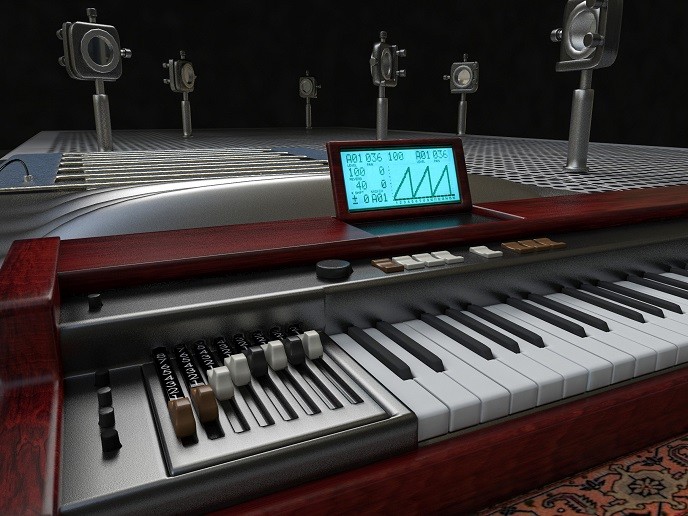Carbon nanotubes as quantum bits for computing
Unlike electronic bits that can take on a value of either 0 or 1, qubits can be either or both simultaneously. Because of this characteristic quantum mechanical phenomenon called superposition, quantum computers promise to be the next step in computing power, outperforming conventional ones. But, they are easily disturbed and can lose their superposition. Recent efforts focused on electron spin to physically implement qubits and were successful in initialising, manipulating and reading out qubits using electrons confined in a solid-state environment. Within the EU-funded project CARBONQUBITS (Quantum bits in carbon nanostructures), scientists turned to the unique potential of CNTs for qubit implementation. The CARBONQUBITS team shed light on physical mechanisms that affect the functionality of CNTs with individual electrons. The results extended the current understanding of state-of-the-art experiments. Specifically, theoretical studies showed that interaction of the spin of an electron trapped on a CNT suspended over a small trench to the vibrations of the CNT itself can be very strong. Specifically, a CNT that is clamped at both ends can be excited to oscillate and, like a tiny guitar string, vibrates for an amazingly long time. When the CNT is tuned to ring in unison with the electron spin, the quantum of sound emitted can be reabsorbed and re-emitted many times before it is lost. The strong coupling could enable long-distance communication between qubits. However, to be useful for quantum computing, the timescale of qubit manipulation must be much shorter than the timescale of information loss. A newly developed theoretical model showed that the time needed to control a spin-based qubit became shorter with increasing excitation field strength up to a certain value. Above this optimal value, spin flips become slower. Lastly, the scientists elaborated on how nuclear spin and charged impurities limit the lifetime of such quantum information carriers. CARBONQUBITS has put a new spin on quantum computing in CNTs, offering a promising way to manipulate the spin of electrons to represent bits of information. Important benefits will follow for the team's competitive position in the emerging quantum computing era.







